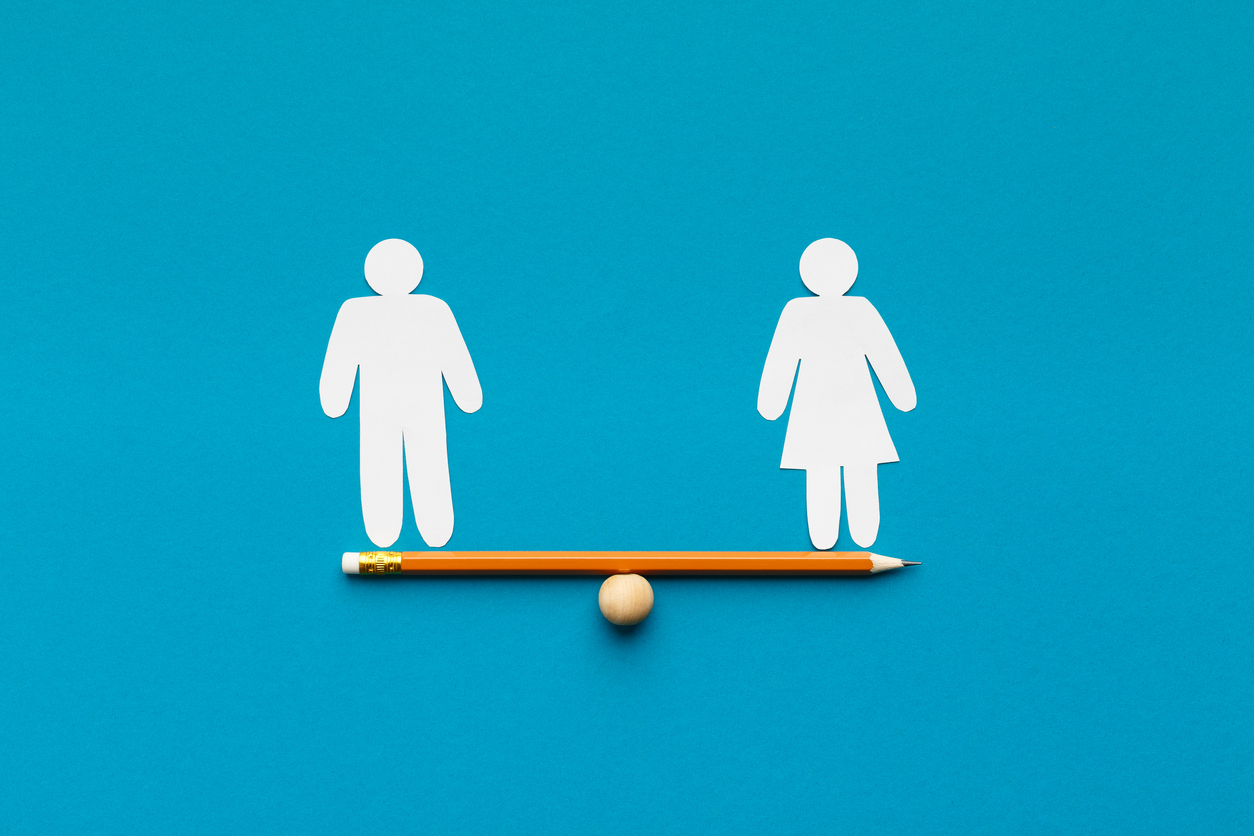2025/08/25
Upper House Election in Japan: Women Win Over 30% of Seats — What Lies Ahead for Gender Equality?

Following last week’s theme, this week also focuses on the Upper House election. A total of 522 candidates ran in the election, of whom 152 were women, accounting for 29.1%. While this fell short of the government’s target of raising the percentage of female candidates in national elections to 35% by 2025, 42 of the 125 winners were women, making up 33.6% of the total, exceeding 30% for the first time. As the proportion of newly elected female upper house members reached the “30% line,” which is widely regarded as the minimum threshold for having a structural influence on policy decisions in Diet proceedings, this marks a step forward from the perspective of gender equality. (Including those not contested this time, women now account for 73 out of the total 248 members or 29.4% of the Upper House.)
On June 12, the World Economic Forum, a Swiss non-profit foundation, released its Global Gender Gap Report 2025. Iceland ranked first among 148 countries, followed by Finland, Norway, and the United Kingdom. The United States placed 42nd, South Korea 101st, China 103rd, and Japan 118th, between Angola and Bhutan. The 2025 report indicates that “The gender gap has narrowed more in high-income countries. As the world’s economies grapple with growing uncertainty, seeking to close gender gaps can serve as a driver of economic growth.” Incidentally, Japan’s index score of 0.666 corresponds to the lower-middle-income economy category. While Japan ranks among the top in Education and Health subindexes, its low scores in Political Empowerment and Economic Participation drag down its overall ranking.
Most notably, the record-high ratio of female lawmakers was largely due to an emerging right-wing party that succeeded in electing seven women. The party is led by a leader who publicly claims that the declining birthrate is attributable to excessive gender equality and advocates for a return to a traditional value of viewing motherhood as a cherished dream for the future. In this regard, although the party’s advance has contributed to improving women’s political participation on a numerical level, it may be more accurate to say that the realization of genuine gender equality, which involves a transformation of social values, has actually moved further out of reach. If this reflects the current trend in public opinion, it would seem that Japanese society is now approaching a pivotal turning point.
An approach to supporting, conforming to, or accepting sociocultural revivalism and traditionalism from the standpoint of women, often considered the weaker party, serves as the shortest route to entering the inner circle of such authority and established privileges, thereby receiving their protection. However, even if such an approach succeeds, the majority of ordinary women remain outside the realm of these vested privileges, bound by old moral codes rooted in outdated values with their life choices restricted. This situation deepens social divisions and ultimately leads to a stratified society. What is needed instead is the recognition and acceptance of all possibilities, along with the establishment of systems to make this possible. The author believes that the effectiveness of strategies to resist “stagnation” rests on this perspective.
This Week’s Focus, 7.27 – 7.31
Takashi Mizukoshi, the President